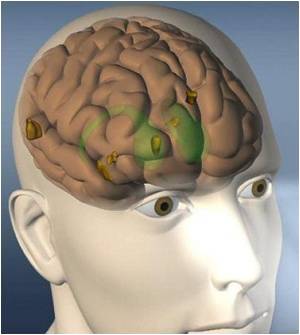Australian researchers seem to have identified the brain neurons behind the self-healing process after an injury.

Common causes of ABI include traffic accident, assault, hypoxia, tumour, sporting injury, substance abuse, medical misadventure and infection or degenerative neurological diseases. Two out of three of these people will acquire their brain injury before they turn 25 years old. Three out of every four people with acquired brain injury are men.
Given the seriousness of the problem the findings by the Menzies Research Institute, Tasmania, should be widely welcomed. In Tasmania itself 2,500 people acquire a brain injury annually, it has been estimated. It was estimated by the Tasmanian Government that the cost of an 18 year old male with ABI (as a result of car crash) will be $12 million in care, support and medical fees over the person’s lifetime.
The Tasmanian Institute study, recently published in the international neuroscience journal Cerebral Cortex, describes how nerve cells change their structure in response to the trauma.
Senior Research Fellow, Dr Tracey Dickson says that accumulating evidence indicates that damage to the adult brain causes an array of cellular responses and that the brain may retain a capacity for structural changes and some degree of healing.
The cerebral cortex (the brain's outer layer of grey matter surrounding the cerebrum) is capable of significant remodelling following injury, specific to neuronal type, it has been stated. And there are two types of neurons in the cortex – pyramidal neurons and interneurons.
“Interestingly, our studies demonstrate that neurons in the adult brain have an unappreciated capacity for remodelling away from the actual injury, and that these neurons are attempting to rewire the brain following an injury.”
These studies are the first to describe how natural brain remodelling and healing may improve an outcome after acquired forms of brain injury. The research team is trying now to identify ways in which this healing response can be encouraged, which could form the basis of new therapies.
Funding bodies that supported this research include the National Health and Medical Research Council of Australia and the Tasmanian Masonic Centenary Research Foundation.
Source-Medindia
 MEDINDIA
MEDINDIA

 Email
Email










